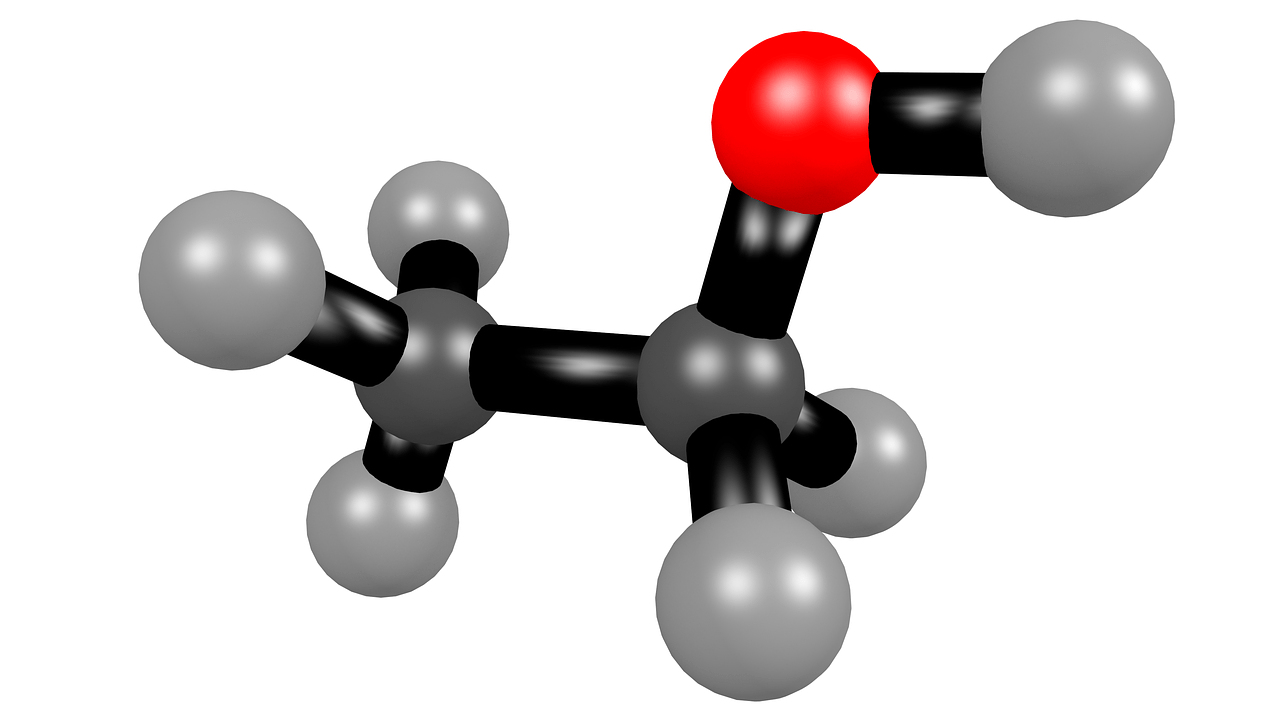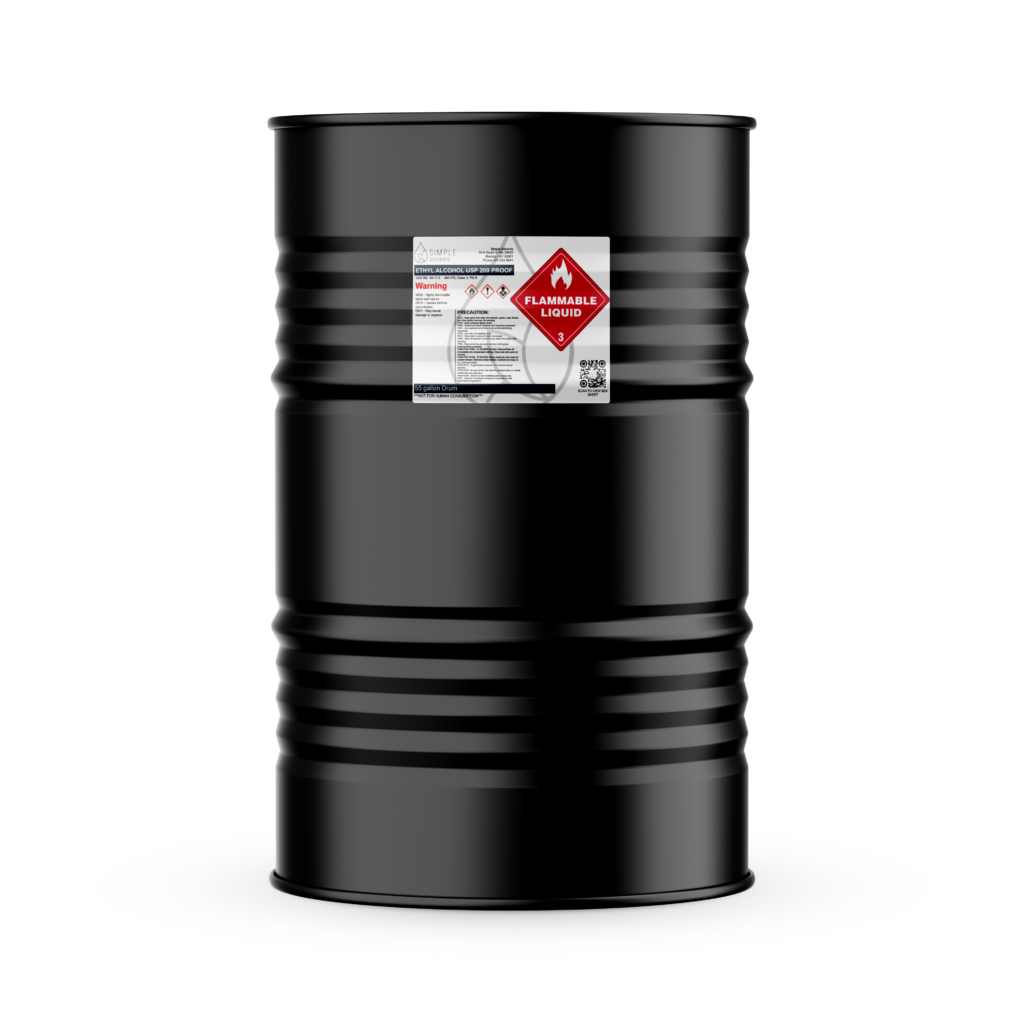Ethanol for Winterization vs. Extraction for Extraction

Ethanol for Winterization vs. Extraction for Extraction
Ethanol for Winterization vs. Extraction for Extraction; a financial report predicts that botanical oil sales will grow by 700% from $6 billion in 2016 to $50 billion in 2026. That massive boom will increase demand for resources such as ethanol used in extracting and purifying botanical oil.
Lately, there have been many questions surrounding alcohol use. For example, is the solvent effective for winterization or extraction?
The answer is both. However, you’re bound to extract a mediocre product without the proper technique. But don’t you worry, the article below will cover all those aspects. Read on.
Ethanol for Extraction
Most people in the botanical oil business prefer using alcohol in their extraction processes because the solvent is cheap.
Moreover, they also extract large amounts of hemp in a short time when compared to other methods. That utility makes ethyl alcohol remarkable in producing full-spectrum botanical oils extracts and tinctures.

Steps and Results from Ethanol Extraction
You’re bound to extract substances such as cannabinoids, terpenes, and alkaloids, as well as impurities such as chlorophyll, wax, lipids, and fats when you use ethanol. Be that as it may, processors avoid those impurities in the first place by using ethanol at cold temperatures. That measure is essential to help avoid the added costs and steps involved in removing contaminants.
You’ll have to follow up with a purifying procedure, such as winterization, if you’re using ethanol at room temperature. That extra step helps you produce a high-value product that satisfies your customers.
Ethanol leaves about 1% of CBD or less on your extracted material. However, you must also consider the extraction equipment used, extraction temperatures, and the contact time to get that dissolving power.
You’ll mostly get a thick, dark green liquid called crude extract when you process your biomass at room temperature. And you’ll obtain a golden-brown hue product at low temperatures.
Unfortunately, those two end products are of low market value and need further purification to reach the market standards. In this stage, you can only sell the crude extract as feedstock to make distillate or isolate.
The extract will have polar substances like chlorophyll, phospholipids, proteins, and sugars at the final extraction stage. Those impurities contaminate the distillate and contribute to the equipment’s foul smell.
The most efficient methods for removing those contaminants are DE filtration, carbon filtration, or liquid washing.
Ethanol for Winterization
Winterization is a purification process that helps remove the waxes, lipids, and fats present in the crude extract. That is because the impurities discolor the distillate, giving it an appearance of low value.
Moreover, the distillate burns when used in a vape pen, giving a substandard taste to customers. And you don’t want that effect because it’ll ruin your company’s sales.
Steps and Results from Ethanol Extraction
The technique involves mixing the oil extract with 95-100% alcohol in cold temperatures of about -20 – -80 degrees Celsius. Therefore, you need freezers or dry ice equipment to maintain the essential low temperatures. You should then leave the mixture for about 24 hours and wait for the lipids to precipitate for easy filtration.
When sieving the distillate, you can use a paper filter or a metal microfilter and a layer of ciliate or dichotomous earth (DE). Filtration should be fast, and the apparatus maintained at ultracold temperatures. Failure to use cold equipment will result in the lipids dissolving back into the distillate, thus making the winterization process inefficient.
Small-scale companies can repeat the procedure several times, thus further increasing the product’s quality and potency. That measure gives companies enough leverage to sway the botanical oil market in their favor, thus leading to more profits and customer satisfaction.
The last step in winterization involves separating ethanol from the distillate. That procedure consists in boiling the mixture, as the alcohol will evaporate at 78.5 degrees in atmospheric pressure.
However, if you’re using a vacuum oven at -28.5″ Hg, the boiling point reduces to 12.8 degrees celsius. In the end, you’ll get a high viscosity product with the consistency of honey and with little to no impurities.
Conclusion
Ethanol for Winterization vs. Extraction for Extraction: you can use ethanol for both extraction and winterization. And the solvent has an impeccable ability to dissolve cannabinoids and terpenes, resulting in high-quality botanical oil products.
That utility helps you get botanical oil from the plant material or purify your crude extract. Interestingly, if you can maintain cold temperatures in the extraction equipment, you won’t have to follow up with winterization.
In contrast, you’ll have to winterize to remove the fats, lipids, and waxes if you use ethanol at room temperature. Visit www.simplesolvents.com to learn more.
